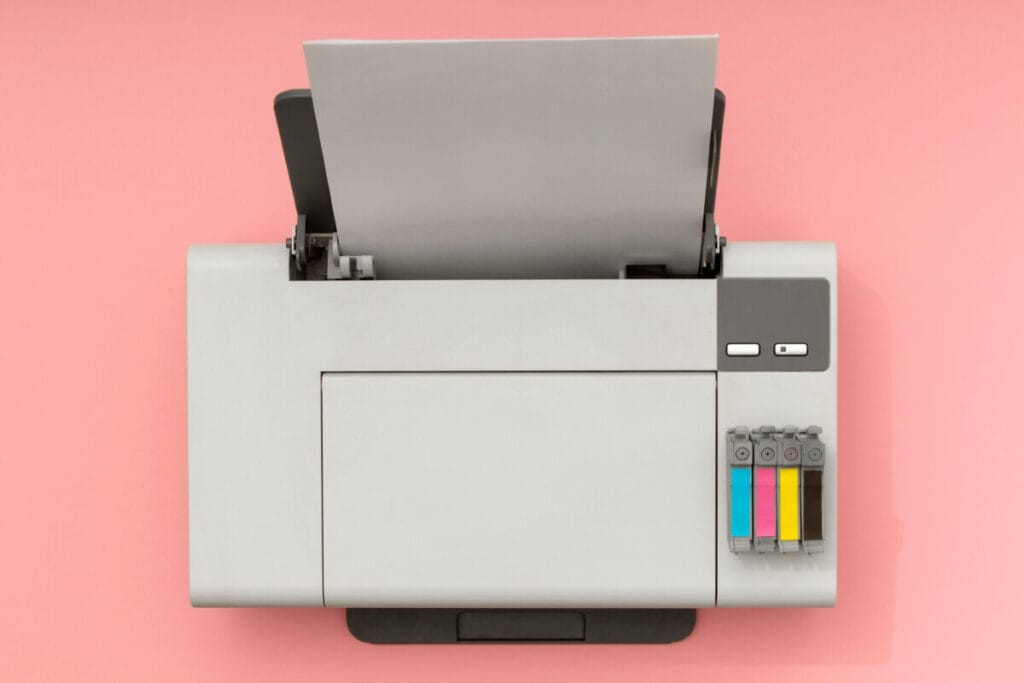
Choosing the Best DPI for Photos
Choosing the right DPI (dots per inch) when scanning, printing, or sharing photos can feel like a daunting task. It’s one of those technical terms that you’ve seen a lot and may or may not have any clue what it is.
DPI is a critical factor that determines the quality and usability of your images. It’s important for getting the results you want, as various levels of DPI are used for different purposes. Sharing online, printing family portraits, and preserving historical photos all have different requirements.
In this guide, we’re going to break down everything you need to know about DPI – what it is, how it works, and why it’s so important. We’ll also provide clear, easy-to-follow recommendations for a variety of scenarios, from sharing photos on digital displays to printing large-format wall art.
By the time you’re done reading, you’ll not only have a solid grasp on this technical concept, but you’ll feel confident in choosing the right DPI settings to make your photos look their absolute best, no matter how you plan to use them.

What is DPI and Why Does it Matter?
DPI stands for “dots per inch” and measures the number of printed dots or pixels contained in one inch of an image. It’s essential for determining image clarity and quality. But here’s the catch—choosing the wrong DPI can mean blurry prints, massive file sizes, or images that look as pixelated as a Monet when shared online.
That’s why planning your DPI strategy is so important—it guarantees your photos meet your quality standards without unnecessary trade-offs.
Get Started with Your Photo Organization Project

What Does DPI Measure?
DPI (dots per inch) directly impacts the pixel dimensions of an image. The number of pixels in an image is determined by multiplying the DPI by the physical size of the image.
For example, let’s say you have an 8×10 inch photo that you want to scan at 300 DPI. The math would work out like this:
The key thing to understand is that higher DPI settings capture more detailed information but also create larger file sizes. This is because each additional dot or pixel added to the image takes up more digital storage space.
So when choosing your DPI, you’ll need to balance image quality with practical considerations like file size and storage space. The “right” DPI will depend on how you plan to use the photos.
Key Takeaways:
Common Misconceptions About DPI
Optical vs. Interpolated Resolution
Your scanner has two types of resolution – optical and interpolated.
Optical resolution is the true, native resolution that the scanner can physically capture. This is the resolution you want to prioritize, as it represents the actual detail in your original photo.
Interpolated resolution, on the other hand, is a digital enhancement that your scanner’s software uses to artificially fill in missing pixels and increase the resolution. While this can make the numbers look higher, it doesn’t actually improve the underlying image quality. You’re better off sticking with the optical resolution for the best results.
Higher Isn’t Always Better
It’s tempting to think that the higher the DPI, the better your scans will look. Though it’s true that higher DPI does capture more detail, there’s a trade-off. High-resolution scans also create massive file sizes that can be a pain to work with.
Huge file sizes take up a lot of storage space and can slow down your computer when you’re trying to edit or share the photos. So while you do want to scan at a high enough DPI to preserve the quality, there’s no need to max out the resolution if you don’t actually need that level of detail.
The Myth of Infinite Enlargement
Some people believe that scanning an old photo at 1200 DPI will let them blow it up to poster size without losing any sharpness. Unfortunately, that’s not the case. No matter how high the DPI, the original quality of the source material will always limit how much you can enlarge the image before it starts to look blurry or pixelated.
The scanner can only capture what’s actually there in the original photo. Cranking up the DPI won’t magically create new details that weren’t there to begin with. So be realistic about the quality of your source material and don’t expect miracles from high-resolution scans.
Screen Resolution Best Practices
Standard Displays:
Most screens only need images between 72 and 150 DPI for sharpness.
High-DPI Displays (e.g., Retina displays):
These screens benefit from higher resolution images, but 150 DPI is usually sufficient.
Scaling Considerations:
Images saved at higher resolutions will scale better on advanced screens without losing clarity.
Social Media Requirements
Best DPI for Printing Photos

Standard Photo Sizes and DPI Recommendations
Calculating Proper DPI for Large Format Printing
Large-scale prints, like posters or wall art, introduce unique challenges.
DPI for Archival Preservation
Preserving photos for future generations requires higher levels of detail to accommodate unknown future uses.
Professional Standards for Archival Scans
Industry Recommendations:
General Archival Use: 600-1200 DPI.
Extra-Fine Detail (e.g., old manuscripts): Up to 2400 DPI.
Future-Proof Your Photos
Save a preservation master file at maximum quality in a widely used format (like TIFF). Smaller, more accessible copies can always be created later.
Tips for the Best DPI for Photos
The Balance Between Quality and Practicality
Choosing the best DPI for photos is all about finding balance. Without this understanding, your images could end up pixelated, too large to manage, or so blurry they look like pieces of modern art.
The goal is simple – you want your photos to look amazing without getting bogged down by impractical file sizes or blurry results. By mastering DPI, your images shine no matter the medium or platform.
If you are looking to digitize your photos and don’t know where to begin, contact a professional photo organizer for advice… or have them scan and organize your digital photos!
